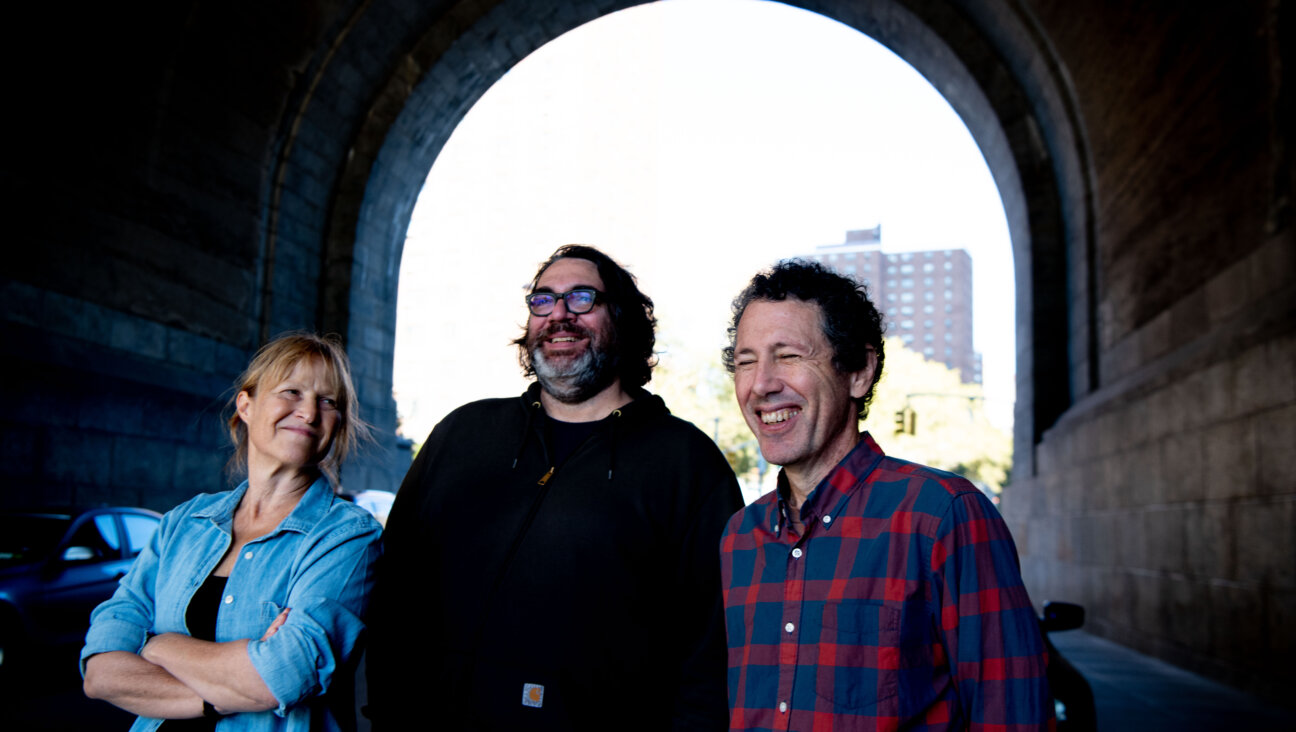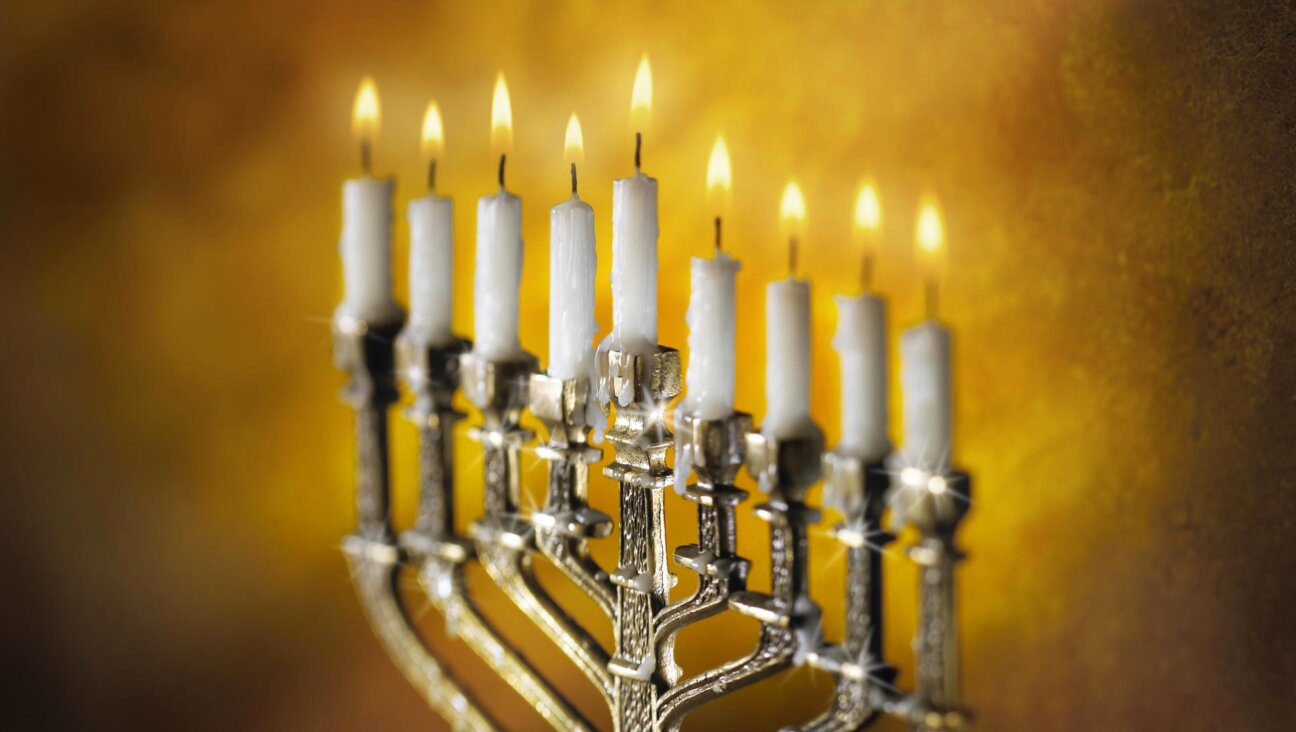From New York to France And On to Poland
It was “Shalom-Shalom” at the September 9 reception at B’nai Zion for Israel’s incoming consul general to New York, Arye Mekel, and outgoing ambassador, Alon Pinkas. Sponsors of the simcha were the Conference of Presidents of Major American Jewish Organizations, United Jewish Communities, State of Israel Bonds/Development Corporation for Israel Bonds and the Jewish National Fund.
James Tisch offered a “warm goodbye” to “an extraordinary consul.” NYC Council Speaker Gifford Miller credited Pinkas with “turning me to Israel” (and told me “[Alon] was my mentor… coached me into singing ‘HaTikvah.’)”
Among the noshing and networking were Abe Foxman, Morton Klein, Malcolm Hoenlein, Michael Miller, Ruth Popkin, Jeffrey Wiesenfeld and Lester Pollack.
* * *|
“Despite the acts of antisemitism that have taken place in many European countries, against which we are all fighting with all our strength and energy… I want to convey to you all this first message of trust and friendship,” said the newly appointed consul general, Francois Delattre, at the September 8 launch of “France Guide for the Jewish Traveler,” at the French Consulate.
Jean-Philippe Perol, director, Americas, of the Maison de la France, The French Government Tourist Office, touted “a walking tour of Paris’s Marais area’s “Pletzel” (Yiddish for “little place”); the Memorial to the Unknown Jewish Martyr, dedicated to the 6 million Jews who perished in World War II,” and “the Deportation Memorial, located on the Ile de la Cité, the walls of which are inscribed with the names of 200,000 French men, women and children, Jew and Christian alike, who were assassinated in the Nazi camps.” (The text correctly notes: “were put to death.”)
* * *|
Ambivalence was palpable at New York’s Polish consulate during the September 9 presentation about the progress of the Museum of the History of the Polish Jews in Warsaw. The event was set to boost support for “a state-of-the art center, unlike any other in the world, meant to celebrate the 1,000-year Jewish presence in Poland,” was unexpectedly sidetracked.
Michael Steinlauf, an associate professor of history at Gratz College, offered an overview of Polish-Jewish history, but the mostly Polish-Jewish-Holocaust survivor audience did not need a lecture about their own history and did not expect the unsettling experience of hearing Steinlauf read an excerpt from “Mein Kampf” in which Hitler describes his revulsion at seeing a Jew in an “Eastern kaftan” on a street in Vienna!
The museum, designed by Frank Gehry, is to be built opposite the Warsaw Ghetto Uprising Memorial and will be “a center of tolerance, safeguarding the young against xenophobia and antisemitism.” Its exhibits will include “A Virtual Tour Through the Golden Age of Jewish Life in Poland” and “A Walk Through the Heart of Jewish Warsaw.” (In truth, the museum’s “virtual tour of the heart of Jewish Warsaw” will have as an eternal witness beneath its foundation the razed streets such as the ones I lived on — Leszno, Pawia and Swieto-Jierska, site of the ghetto’s last bunkers.)
A message from our Publisher & CEO Rachel Fishman Feddersen

I hope you appreciated this article. Before you go, I’d like to ask you to please support the Forward’s award-winning, nonprofit journalism during this critical time.
We’ve set a goal to raise $260,000 by December 31. That’s an ambitious goal, but one that will give us the resources we need to invest in the high quality news, opinion, analysis and cultural coverage that isn’t available anywhere else.
If you feel inspired to make an impact, now is the time to give something back. Join us as a member at your most generous level.
— Rachel Fishman Feddersen, Publisher and CEO






















